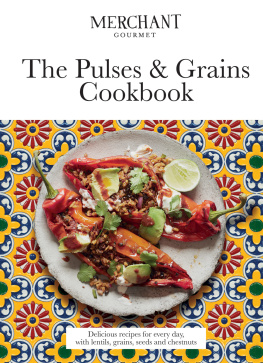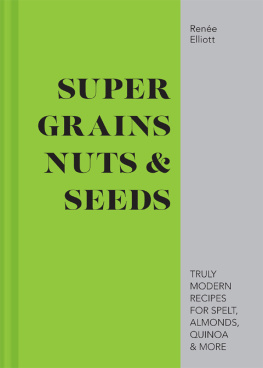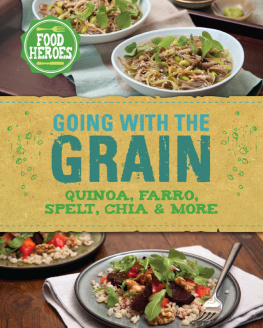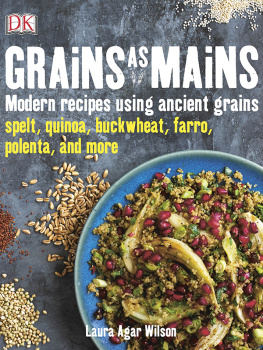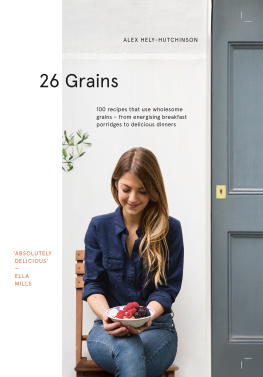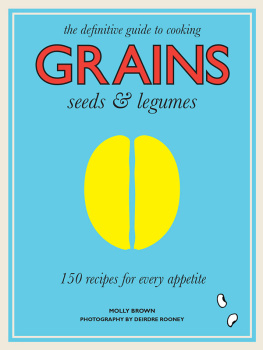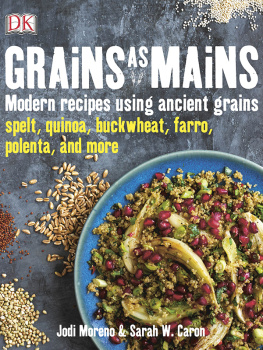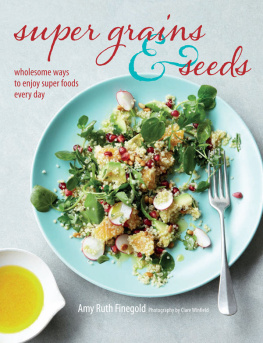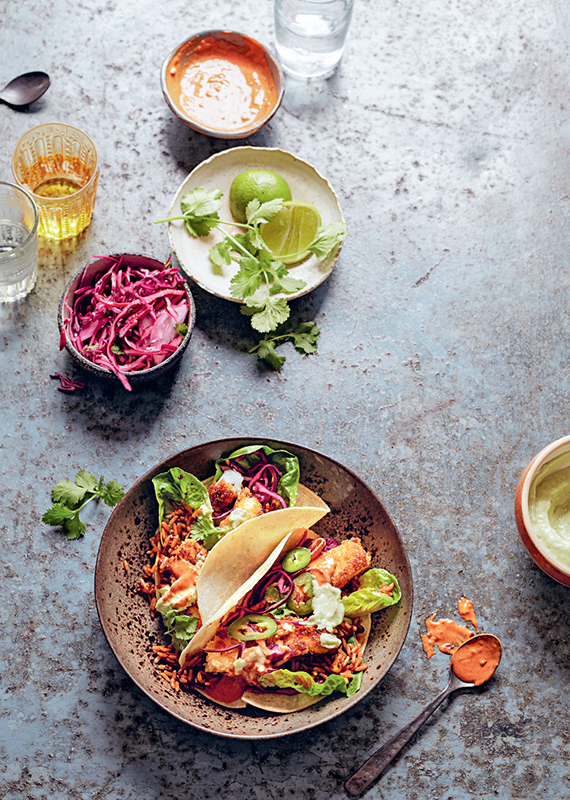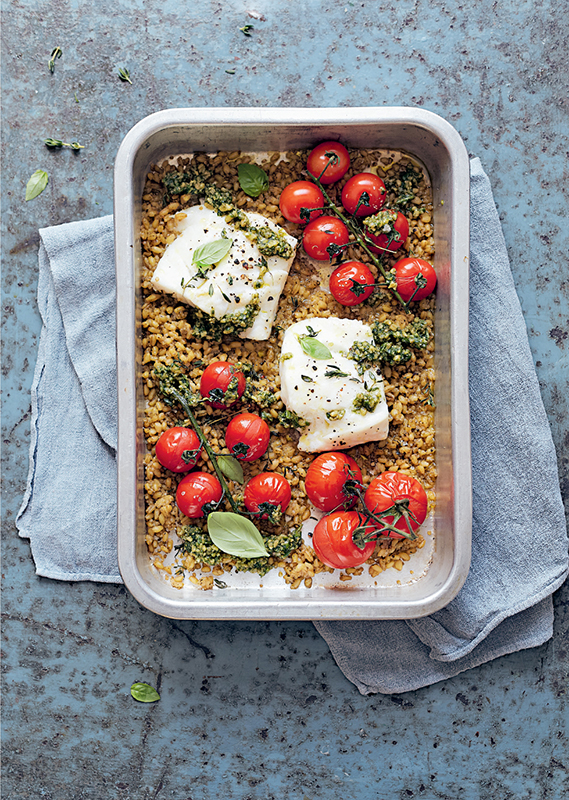CONTENTS
At Merchant Gourmet, we love to give fresh inspiration to anyone who enjoys good food and shares our zest for discovering new ingredients. As the UKs Number One pulses, grains and chestnut brand, were on a mission to introduce as many people as possible to these amazing ingredients and to help everyone make them a part of their cooking repertoire, every day.
Merchant Gourmet was founded in 1995 by brothers Mark and Oliver Leatham, who had a passion for exploring real food. Ever since then, our dedicated team has been out sourcing the finest ingredients from across the world. We were the first brand to bring speciality foods like Camargue red rice and ready-to-eat chestnuts to the UK market. Then we took things a step further, launching our ready-to-eat Puy lentil and quinoa pouches the first of their kind in the country. Ready in a flash, they made convenience food healthy and, as a result, grains and pulses really took off.
Today our range offers a growing variety of products that go from pouch to plate in under one minute! Consisting of lentils, quinoa, whole grains and seeds, our ready-to-eat pouches offer a nutritious alternative to white rice, pasta and potatoes; some pouches have been simply cooked with a dash of water and a drizzle of olive oil and others have been infused with globally inspired flavours ideal for when youre short on time but you dont want to compromise on health or flavour. We also have a great range of dried pulses and grains for when you have a little more time on your hands!
We believe in living and eating well even when youre in a hurry, and thats why weve written this book. In these pages youll find the most inspiring, accessible and creative recipes from lentil breakfast pancakes and freekeh porridge with poached pears, to stuffed, roasted red peppers, quinoa-crusted chicken and incredible lemon cheesecake with a mixed seed base.
We hope you love these recipes as much as we do; we think youll be amazed at how versatile and delicious these lentils, grains, seeds and chestnuts can be!
PUY LENTILS
Puy lentils come from the region of Le Puy-en-Velay in southern France. The area is formed from ancient volcanic lava domes. Combined with the high altitude of the valley, this creates the perfect conditions to grow the delicate Puy lentil. Due to these unique growing conditions, the lentil has its own protected designation of origin status which means that, to use the name Puy lentil, the product must be grown without any pesticides or irrigation and harvested and packed in the region of Puy.
The Puy cooperative
The Puy region has a 50km perimeter, and is home to 88 small villages, within which there are around 600 farmers. At Merchant Gourmet, Puy lentils are sourced from a cooperative of farmers within the region. They get paid upfront by the lentil suppliers and offered subsidized insurance to help support their business, particularly during bad harvests, as Puy crops are so fragile and dependent on the climate due to their strict growing conditions.
A bit about texture
What makes Puy lentils so special is their delicate thin membrane, caused by the special growing conditions. This means the lentils are incredibly delicate, yet retain a firm bite, dont lose their texture and cook faster than other lentils.
BELUGA LENTILS
Beluga is a type of small, black lentil which gets its name from the resemblance to beluga caviar. The lentils are grown in the cool, dry climates of Canada and Americas northern plains and are less common than red, yellow and green lentils. Unlike red and yellow lentils, black Beluga lentils retain their shape and al-dente texture when cooked. They have a delicate taste and are fantastic at absorbing other flavours.
Why Beluga lentils are good for you
Beluga lentils are high in protein and dietary fibre and are a rich source of iron. Black lentils, such as Beluga, provide certain phytochemicals, including anthocyanins powerful antioxidants also found in dark berries like blueberries and blackberries.
CHAMPAGNE LENTILS
Champagne lentils are grown in the heart of the Champagne region of France, famous for its celebrated sparkling wines and high quality of soil. They are slightly rose-coloured and thinner than regular lentils, with a subtle, nutty taste. Champagne lentils can be used just like any other lentil in a variety of dishes and they make a great alternative to meat.
A bit of history
Lentils are among the most ancient of vegetables. The lentillon de Champagne is one of the older varieties and has been harvested since Roman times. A similar variety was found in an Egyptian tomb, examples of which are kept in the Louvre. The pink lentils are a rare commodity, with an annual production of approximately 100 tonnes. Its the unique soil composition of the Champagne region that gives the lentil its sweet delicate flavour.
Why Champagne lentils are good for you
The nutritional value of Champagne lentils is extensive. High in fibre and protein, the lentils release their energy more slowly, which can help you feel fuller for longer.
QUINOA
Quinoa is a tiny, bead-shaped seed with a wonderfully nutty flavour. Commonly regarded as a grain in the UK, quinoa comes in three colours red, white and black. It is primarily grown in Peru, Bolivia and Ecuador (where it used to be the go-to grain for sustaining workers), but were now lucky enough to have it growing on our doorstep in the UK, too. Once cooked, the quinoa grains quadruple in size and become almost translucent. Quinoas texture and flavour are delicious when mixed with all sorts of other ingredients.
Why quinoa is good for you
Quinoa is just what you need as part of a healthy and balanced diet: described as the perfect protein, it has a low glycacmic index to help control your blood sugar levels and provides a great source of fibre, which helps to keep your digestive system happy.
FREEKEH
Freekeh sometimes referred to as frikeh or farik in Arabic (meaning rubbed) is a traditional Middle Eastern grain. Its harvested young whilst the wheat is still green and the seeds are soft. Its then toasted, dried and rubbed to give it its characteristic texture, colour and deep, smoky flavour. Its perfect for giving an extra bite to your salads and an extra dimension to stir-fries and soups.
A bit of history
Freekeh production dates back to 2300bc, when an eastern Mediterranean nation was anticipating an attack on their city. Because they were worried about losing their crops and starving, they picked the early green heads of wheat and stored them. When the city came under fire, the green wheat was burnt. However, the people discovered that, when rubbed, the grains were still edible.

